This work opens up new prospects for personalized treatment in Vietnamese medicine.
Targeted drug delivery materials
During his years studying Biotechnology at the University of Science , Vietnam National University Ho Chi Minh City, Mai Ngoc Xuan Dat quickly realized he was fascinated by the reactions and transformations occurring in tiny test tubes. “During my student years, I was very interested and curious about scientific experiments; the feeling of discovering the unknown captivated me. That curiosity led me down the path of research,” he recounts. After graduating, Dat received a postgraduate scholarship from Gachon University (South Korea), where he had the opportunity to access an international research environment.
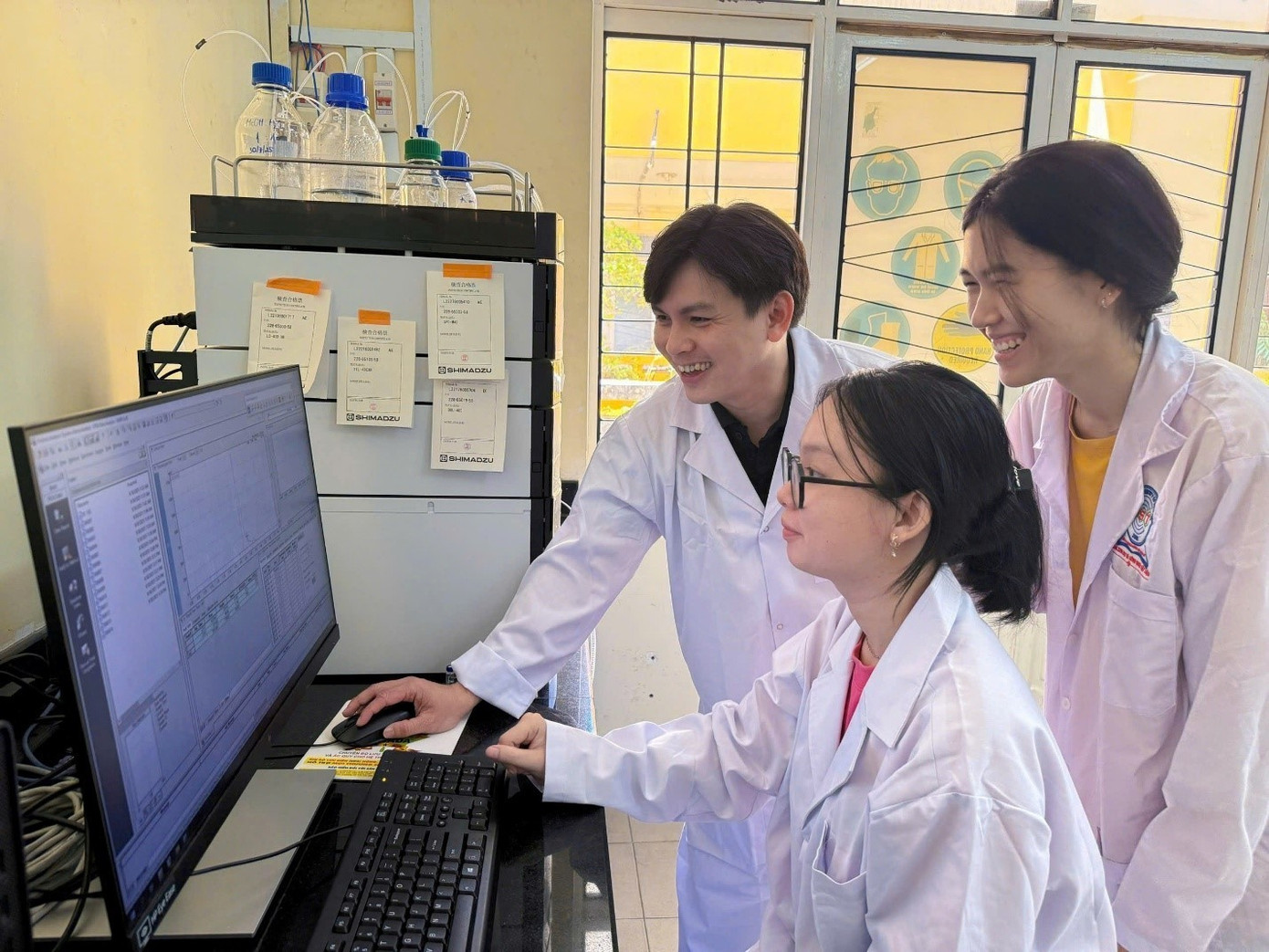
Dr. Mai Ngoc Xuan Dat shared experimental results with students at the Institute of Advanced Materials Technology - Vietnam National University Ho Chi Minh City.
In 2017, after completing his master's program, he decided to return to Vietnam to work at the Center for Research on Nanostructured and Molecular Materials (INOMAR), Vietnam National University Ho Chi Minh City. Since then, his research path has been closely linked to advanced porous nanomaterials applied in biomedicine. During this time, he continued his doctoral studies at the University of Science and achieved many practical results, including the creation of new materials that help deliver drugs efficiently and kill cancer cells. These research results have implications for cancer treatments and other applications in medicine and pharmaceuticals.
Dr. Mai Xuan Ngoc Dat holds 1 national patent; 31 international Q1 scientific articles; 10 international Q2 scientific articles; 7 scientific articles published in domestic scientific journals; 2 outstanding scientific posters at international conferences; and 2 ministerial-level and equivalent research projects that have been successfully completed (as the principal investigator). In 2025, Dr. Dat was honored as one of the 10 young scientists to receive the Golden Globe Award for Science and Technology presented by the Central Youth Union.
Since then, Dr. Dat has persistently pursued research and development of advanced porous materials with biodegradable properties for applications in medicine, including: targeted drug delivery materials, bioimaging, and biomedical sensors in disease diagnosis. “The mental and economic difficulties faced by cancer patients always motivate me to continue pursuing this research direction. Research and development of potential materials for disease diagnosis and treatment opens up opportunities for effective treatment and reduces the economic burden on patients and society,” he said.
Among the numerous research projects he led and collaborated on, the work published in Biomaterials Advances (2021, Q1 group, IF = 6.0) is one of the most memorable milestones. Dat and his colleagues successfully designed a biodegradable organic silica nanomaterial, a subject of particular interest to the international scientific community. Using the sol-gel method, the group synthesized the nanomaterial from silica precursors containing phenylene (C6H5) and tetrasulfide (-SSSS-) bonds . This structural modification allows the material to interact better with poorly soluble pharmaceuticals such as cordycepin – a component found in Cordyceps sinensis. In particular, this material has been shown to control the drug release rate much more slowly than some other published materials such as liposomes, gelatin nanoparticles, hydrogels, etc. "This means that patients will experience fewer side effects, while the effectiveness of treatment is increased. Each nanoparticle can be seen as a 'tiny messenger,' carrying the drug to the right place and then disappearing on its own when it completes its task," Dat explained.
This work not only opens new avenues in cancer treatment but also lays the foundation for broader applications such as diagnostic imaging, therapy, and regenerative medicine. The successful development of material systems with different properties optimizes treatment and, in particular, aims for personalized treatment: using pharmaceuticals with different compositions and dosages depending on each patient's treatment regimen.
Reducing the burden on cancer patients.
During his more than 7 years working at the Institute of Advanced Materials Technology (under the Vietnam National University Ho Chi Minh City), Dr. Mai Ngoc Xuan Dat has led and participated in more than 10 research projects at various levels, from the institutional level, the National University level to the Ministry of Science and Technology and the NAFOSTED Fund. Some of his research is still ongoing, such as the projects "Research on the radiotherapy and chemotherapy capabilities of biodegradable SiO2 nanomaterial systems carrying nanoparticles (Fe3O4 , Gd … )", and "Enhancing research on advanced porous materials for applications in biomedicine, environment and energy conversion".
In addition, he also owns two patents, including a US-protected patent for a nano-device for drug delivery and a method for synthesizing and treating cancer using this nano-system. “Patents help protect research results and open up opportunities for business access, leading to product commercialization. Importantly, patients can benefit from these scientific advances,” he said.
According to him, one of the difficulties and challenges with medical research, especially applied research on humans, is the need for testing time and strict regulations. Therefore, research on biomedical nanomaterials needs to be conducted carefully and requires a lot of time. For Vietnamese medicine, in the next 5-10 years, nanomaterials science could create effective, accurate, and especially personalized diagnostic and treatment solutions (approaching international standards). "Nanomaterials researched and developed from abundant raw materials in Vietnam will be a great advantage for us to save costs, increase efficiency in diagnosis and treatment, and reduce the burden on patients, especially cancer patients," said Dr. Dat.
He said that the path of scientific research is fraught with obstacles. There are experiments that last for months only to yield results that are "not feasible." For him, the most important factor is perseverance. "You can fail many times, but each time you understand better what went wrong. I often tell my students: Stay steadfast in your initial goal, because all efforts will eventually be rewarded," Dr. Dat shared.
For Dat, the greatest success of a scientist is not just international publications or patents, but seeing his students grow and passionately explore. “I always encourage young people to be confident, persistent, and to nurture their passion. Don’t be afraid of failure, because failure is a stepping stone to success,” he said.
Dr. Dat is continuing to optimize the nanomaterials he has created to increase the efficiency of loading and eliminating cancer cells, while expanding testing on animal models, aiming for clinical applications. He is also researching the potential application of the materials in biomedical sensors for rapid disease detection and diagnosis. “My goal is to bring the results from the laboratory to hospitals, so that patients can truly benefit. Seeing the materials I create help someone reduce their pain is the greatest happiness,” he said.
Source: https://tienphong.vn/tien-si-tre-tao-ra-vat-lieu-nano-dieu-tri-ung-thu-post1791215.tpo








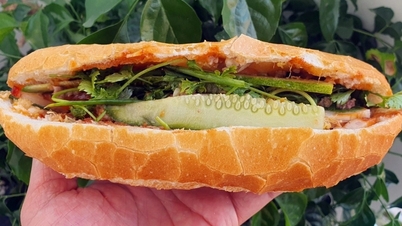

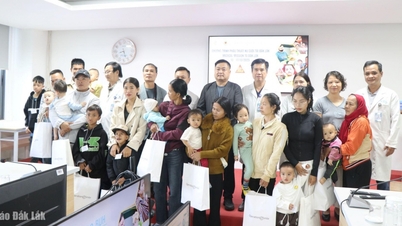



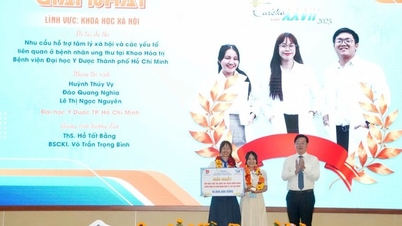

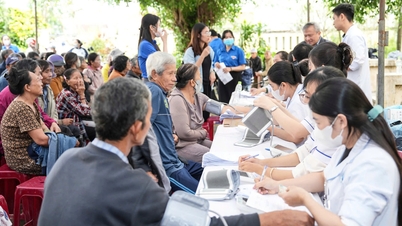
















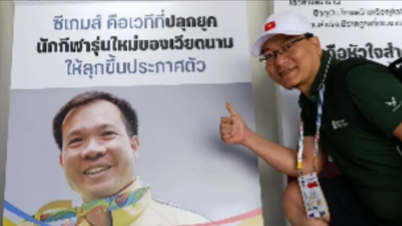


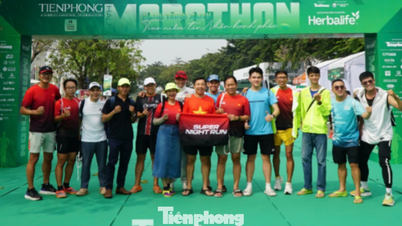
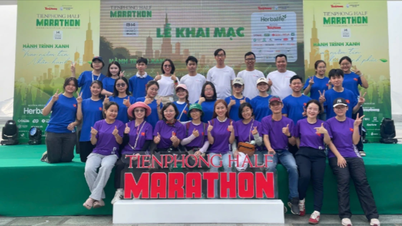










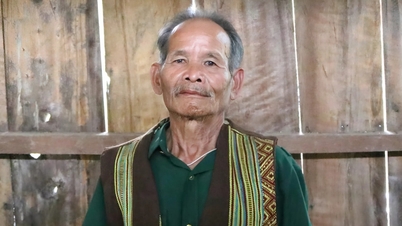










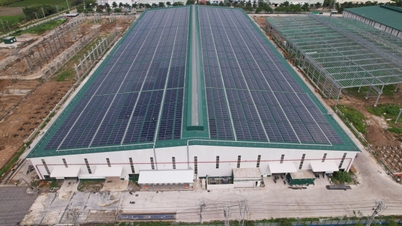


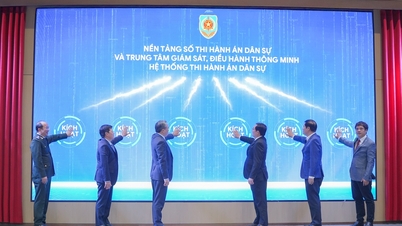









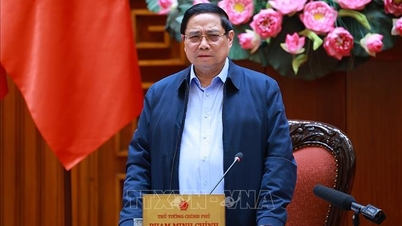





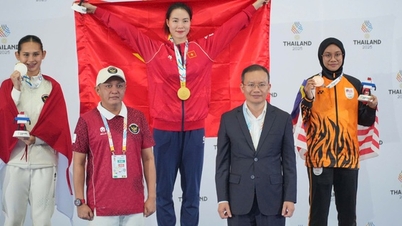

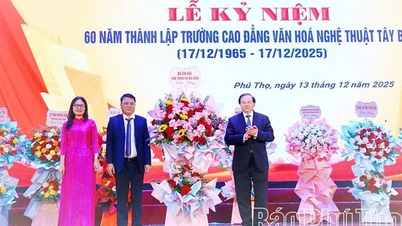
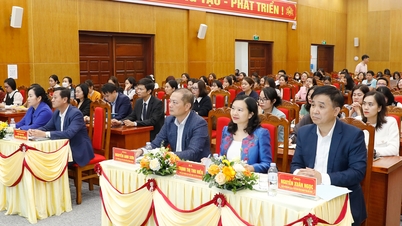

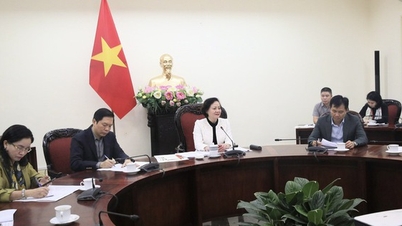

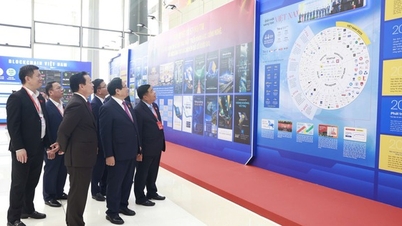
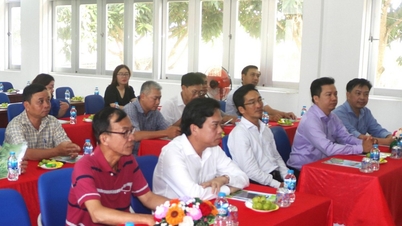








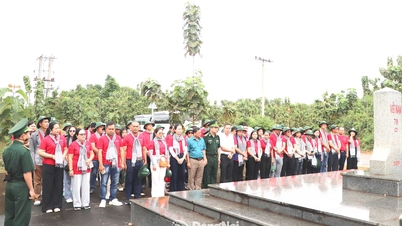















Comment (0)